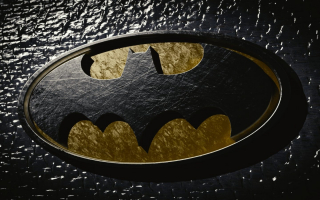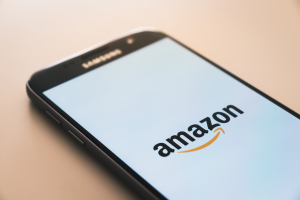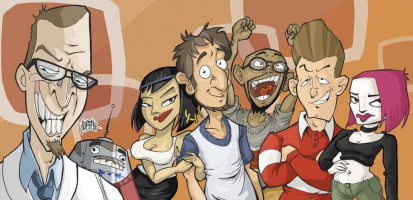Top 10 Tech Innovations that Never Really Caught On
Although technology is always evolving, public acceptance of it can be erratic. Nowadays, consumers can make wise decisions about whatever technology they want ... read more...to spend their time and money on because we are virtually plagued with excess. Even an excellent idea could have to be abandoned if it is improperly promoted or if its full potential cannot be reached. Numerous technologies that were promoted as being both new and advanced ended up failing because society didn't want or need them.
-
The VirtualBoy was a "virtual reality" headset that Nintendo released in 1993, and it supported a small selection of games. Even though the idea was brilliant, the execution sucked. It was pricy, it didn't look well, and it was sickening. Overall, a marketing failure. But certainly VR would become popular eventually!
If you've been online between 2010 and the present, you've probably heard about how quickly virtual reality is going to catch on. With the Oculus Rift, which cost Facebook $2 billion back in 2014, they aggressively invested in this. Statistics show that it's still primed to take off years later. The market for VR gaming is valued $22.9 billion globally. VR, however, still makes up a minuscule percentage of the $150 billion worldwide gaming market.
Is virtual reality the future? Probably? Because it has appeared that way for years, it is difficult to say. This may be an instance of technology being introduced too soon. But the reality is that, even 30 years after the VirtualBoy made its debut, VR gaming is still not a dominant force.
VR was a pricey investment for a long time. Just one headset cost several thousand dollars. Costs are a little lower now, but the market is more saturated. Oculus, PlayStation, Valve, HTC, and other options are available. At least Microsoft and Sony are still the main rivals in console gaming, with a bit Nintendo thrown in for variety.
The state of VR technology is constantly changing, making outdated technology riskier investments. Additionally, many people simply dislike donning a pair of glasses that might make them sweaty, obstruct their field of vision, and even break their hair. But not everyone finds it enjoyable. Compared to traditional gaming, it's likely that VR will only ever be a niche industry.
People and animals cannot simply walk past you while you are playing VR games out of fear of being accidentally hit. This is not a leisurely activity. So while virtual reality (VR) may someday become the next big thing, don't plan on it happening anytime soon.
https://aarohantiwari.wordpress.com 
https://pixexid.com -
Any science fiction produced between the 1950s and the 1990s or so featured a picture phone in some way. It appeared to be a telephone's natural evolution. Talking on the phone would eventually give way to gazing at someone on your television, just as radio gave way to TV. Everyone was visible on screen for conversation in Star Trek. Therefore, when the picturephone was created by AT&T in 1964, it was obvious that it was the technology of the future.
In 1970, the phone really went on sale, but it failed miserably. By any standard, the expense was utterly outrageous. In 1970 dollars, the service cost $160 per month, or almost $1,100 after inflation. Plus a minutely charge following the first half hour. By 1980, AT&T expected to have made one billion dollars.
By 1972, they were successful in selling 453 phones in Chicago and 32 in Pittsburgh. By 1975, the corporation had set a goal of 50,000 units. They were obviously off course. Because no one else used a Picturephone, it was a failure. The most of the time, your $1,000 per month phone was just an ordinary phone because those 32 people in Pittsburgh probably didn't all know one another. There was also the additional $1,000 per month. In the end, they reduced the price to $75 per month, but with inflation, that still amounts to more than $500.One of the greatest problems with Picturephone is still a problem with modern services like Zoom or Skype. The majority of individuals avoid using their phones in public. You can be in bed or the restroom, or you might just not look your best. To be spotted on a phone while getting dressed is undesirable.
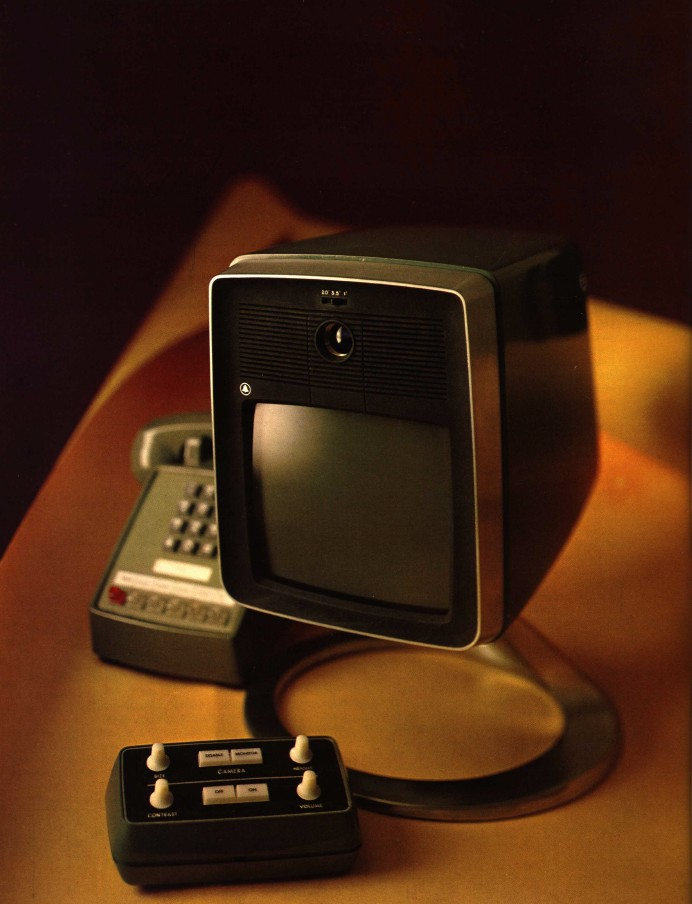
https://www.jklmuseum.com 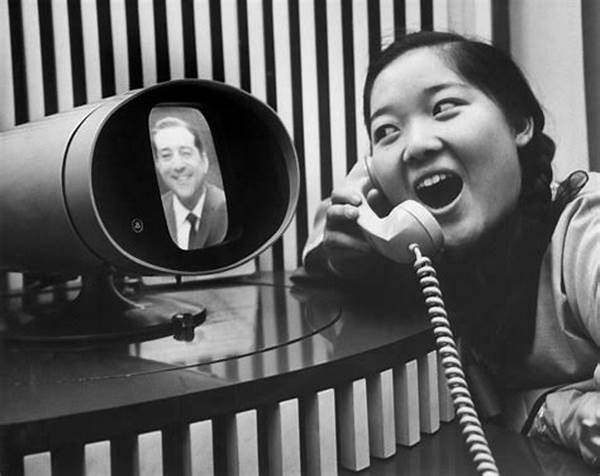
https://www.nytimes.com/ -
Back in the day when you had to wear those red and blue glasses, 3D movies were a major novelty. Because it didn't actually operate effectively and detracted from the rest of the film, it was never more than a novelty.
Modern 3D is a vast improvement. A more seamless experience without the use of colored lenses. Although not everyone prefers it and paying that way to watch movies is expensive, it became commonplace in major Hollywood blockbusters after the phenomenal success of Avatar. In fact, it was so significant that the 3D TV attempted to cash in on it. When 3D is available at home, why wait to see a movie?
The cost of a brand-new 3D TV is about $2,000. For 3D movies, you also need a Blu-Ray player. You then required 3D glasses. Everyone needed a pair to watch, and they were about $100 each. Additionally, because the TV didn't function properly at angles, they had to sit exactly in front of it.
The majority of movies aren't made in 3D, and some are only made in 3D after the fact for certain moments. Users were thus spending a lot of money for a restricted experience. Overall, the technology wasn't appreciated or valued by enough individuals to justify the associated expenditures.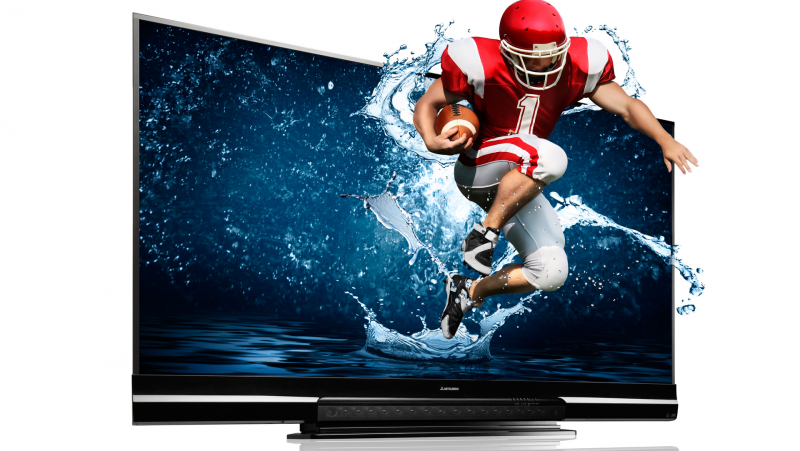
https://www.worldtvpc.com 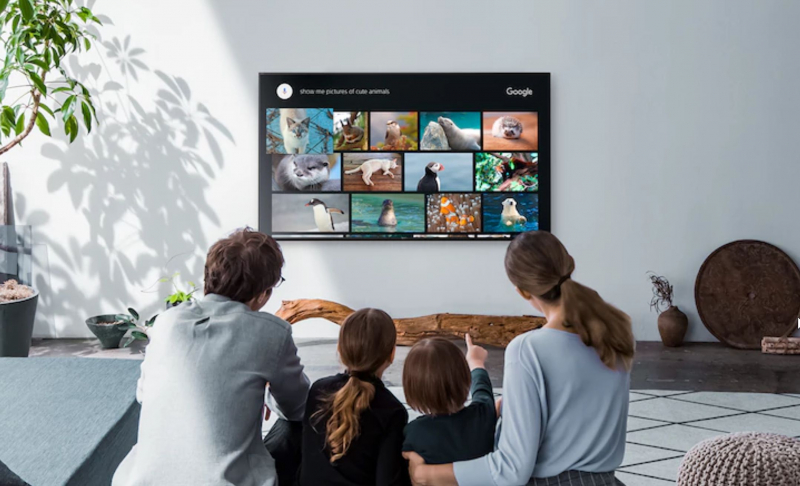
https://www.lifewire.com -
These have been around for a while in various forms. The patent application for one's concept from 1869 is visible. So why don't they already exist? There are a few contributing aspects, but gerbiling is by far the funniest and most important. Have you ever seen a gerbil moving around in a cage on its tiny wheel? And at some point, either he acquires too much more speed or perhaps slides, causing the gerbil to lose all ability to move and become stuck to the still spinning wheel? It occurs to riders of monowheel motorcycles.
The person in the center of the monowheel frame turns into a helpless and helpless gerbil when applied force surpasses gravitational force. This may occur if the bike brakes abruptly or even if it accelerates too quickly.
The bikes' attraction is further constrained by their extremely unsteady stability and the enormous obstacle that is directly in front of you when you ride one. However, it's difficult to even worry about anything else once you've struck the gerbil thing.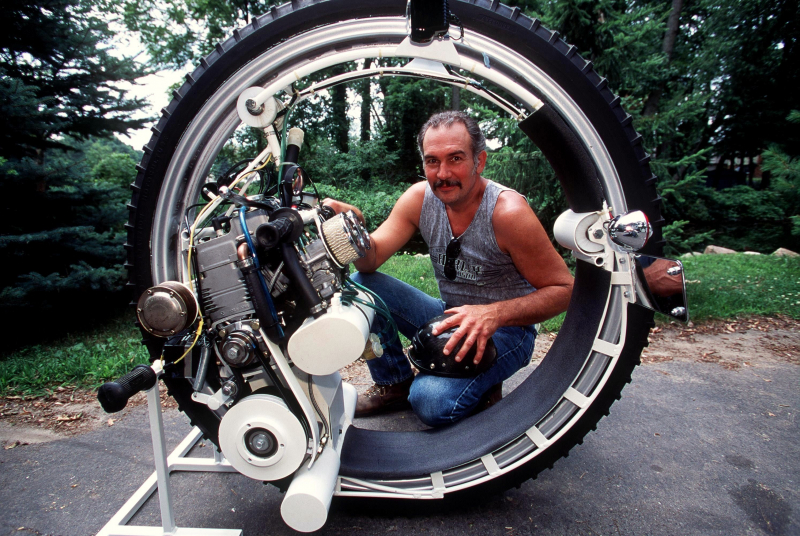
https://www.pinterest.co.uk 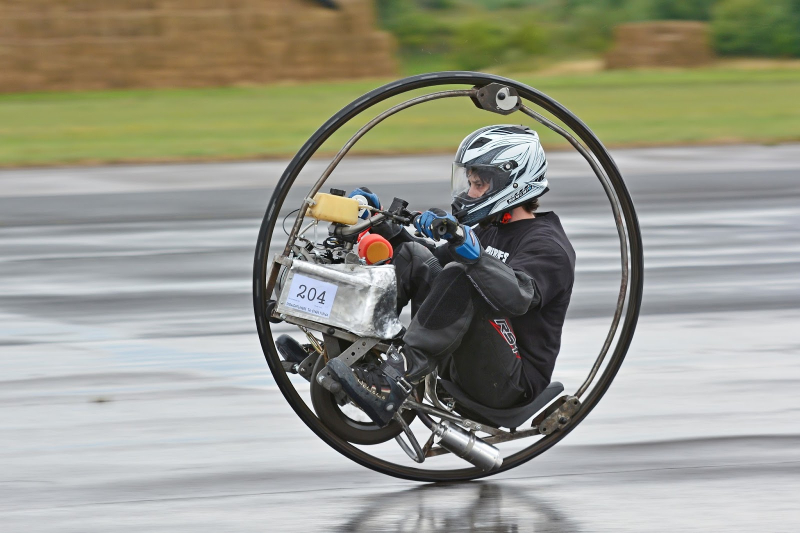
http://britishmonowheelassociation.blogspot.com/ -
If you were online in 2016, you might have been fortunate enough to witness the Juicero's "blink and you'll miss it" humor. It was a $400 juicer that has $120 million in backer financing in addition to endorsements from celebrities like Dr. Oz and Gwyneth Paltrow. It was intended to be a practical and modern method of maintaining good health.
The Juicero would be for juice what the Keurig was for coffee. All you had to do to get juice into a glass was toss their patented juice packets into the press, press a button, and wait for juice to drip out. The machine’s creator talked about how it could produce 4 tons of pressure.
People immediately became aware of an issue. To acquire your juice, you have to purchase packets of already-diced fruits and vegetables. The device was merely an upgraded press. Soon after, a video of someone manually extracting the juice from the package was released online. Yes, you could do that, the producer responded, but the device was also connected to the internet and could alert you if the fruit sack was past its expiration date, preventing you from consuming a tainted product. Then many claimed that the bags actually had the expiration date printed on them. So there was no justification for owning a Juicero. Fruit was simply squeezed.
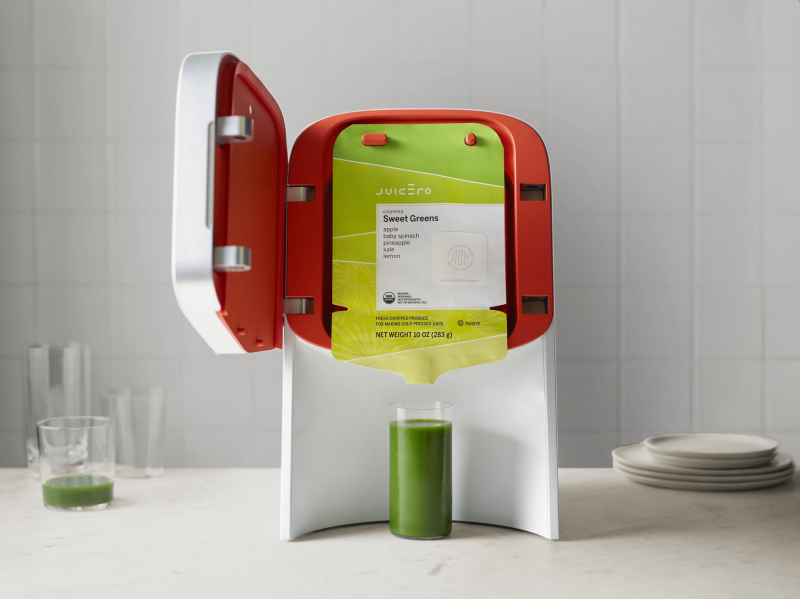
https://www.popsugar.com 
https://www.vox.com/ -
Quibi was billed as a novel and engaging way to watch videos. It was an amalgam of well-known Hollywood performers with the rapid entertainment of a YouTube video. For viewers on the fly, shows would last 5 to 10 minutes. Investment capital worth $1.75 billion was raised by the company. They had incredible talent on board, including Idris Elba, Kevin Hart, Chrissy Teigen, Steven Spielberg, Andy Samberg, and Jennifer Lopez. The list basically goes on forever. This was by no means a situation out of a mid-tier or B-movie. Hollywood's elite were gathered here in one location. Yet it failed in less than a year. In those initial several months, they had anticipated having over seven million users. They only had 500,000 when they ceased down.
Quibi was dogged by issues from the beginning. The corporation attributed the change in media consumption to the Covid-19 epidemic. There were undoubtedly other factors, albeit that may have been one.
The platform and its contents were at first severely mocked online. Although there wasn't much of a buzz, there were many jokes. Since sharing videos and screenshots of the shows is a key component of word-of-mouth advertising on social media, Quibi had made it impossible to do so. They therefore have their own capacity to create buzz locked down.To put it mildly, many of the shows were terrible when people did have a chance to see them. Even with all the talent present, the performances appeared and felt hurried. Few received genuine acclaim for their work's quality. Many of their daily broadcasts featured content that was freely available on Facebook or YouTube every day, such as recaps of sports highlights or jokes from the previous night's late shows.
Quibi was a mobile-only application. You couldn't stream on your TV even if you wanted to. Later, the business added such function, but it was probably already too late. Even when they were aware that people weren't on the go, they remained steadfast in their belief that it should be utilized while moving.
Nearly no promotion was done by the business, and their biggest ad, which ran during the Super Bowl, was created months before the site was even accessible. They made poor decisions all around, and they ultimately paid the price.
https://www.talkandroid.com/https://variety.com/ 
https://www.technadu.com/ -
There are a lot of places where you can find QR codes. They frequently appear on goods packaging and advertisements. How often do you use them, though? Users found it difficult to embrace them at first because there was no standardization. In 2012, there was a high chance that you couldn't scan a QR code even if you wanted to. The majority of phones lacked QR scanners, and not all QR software was trustworthy.
A QR code is just a more sophisticated form of barcode. You may learn more about a product by scanning it. But the codes have experienced a minor increase in popularity as a result of the shifting nature of business. Nevertheless, the statistics may not be the most positive. In 2020, 11 million households will have scanned a QR code, according to figures. That's still rather insignificant as compared to the whole population. nonetheless, beneficial for QR.
Because QR enables hands-free data collection, it experienced a rise during Covid. You can learn about an item without picking it up by scanning it. Nobody can predict for certain whether this popularity will last beyond Covid. However, the technology was almost out of date before the pandemic since it was largely superfluous. Anything you can learn from a QR code, you can learn more quickly and conveniently by conducting a Google search.
https://gadgetultra.com/ 
https://v3b.com -
With one significant exception—the fact that it doesn't fit in your pocket—a smart fridge is very similar to a smart phone. When the year 2000 rolled around, internet-connected refrigerators were the newest big thing. LG debuted their first Smart Fridge at that time. And who could refuse when it costs $20,000? Everyone.
The Smart Fridge has been around for more than 20 years. They are presently produced by numerous companies, although their market share is still quite small. The possible lack of utility of Smart Fridges is one of the main obstacles preventing their adoption. That is not mere exaggeration or unfounded criticism. The technology is no longer supported by many businesses. Consider how often you currently need to upgrade your phone.At least with software, if not with hardware. The Smart Fridge prevents it from happening. Samsung only provides two years of software support. Depending on the model, a new Samsung Smart Fridge will cost between $2,000 and $5,000. For something they won't promise will still be functional in two years, that's a hefty investment.
After more than 20 years, the market is only now starting to gain traction. Integration has a significant role in fostering this. Alexa and Nest compatibility are just two features of smart refrigerators. The features are more about the interconnectedness of the Home Hub, which connects every component of your home, than they are about a fridge. And for those who desire it, technology has made it possible, albeit pricey and maybe unreliable in the future. But prior to this, it was just not something that people desired.
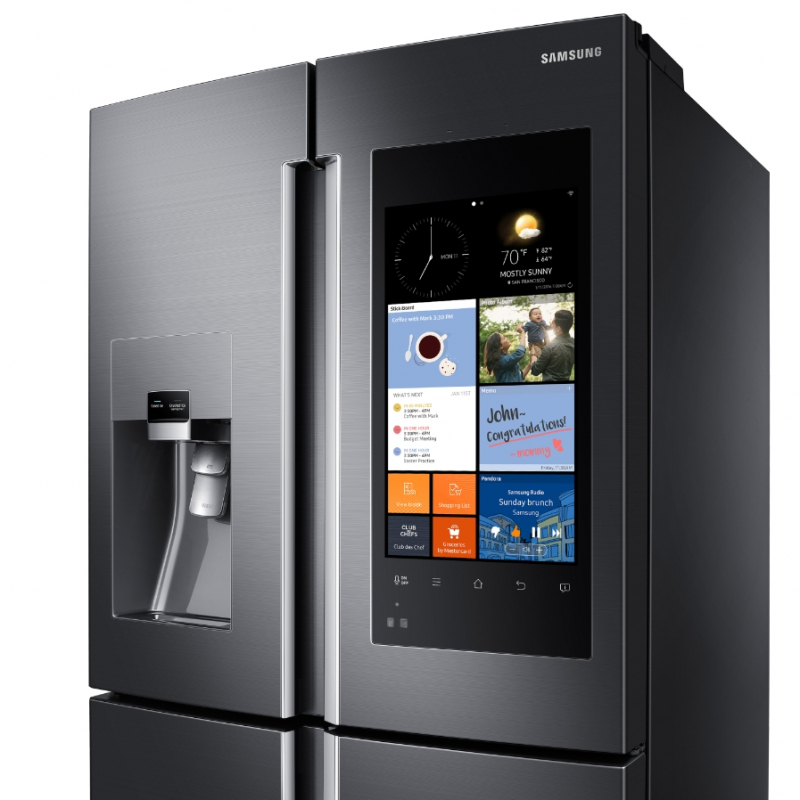
https://betanews.com 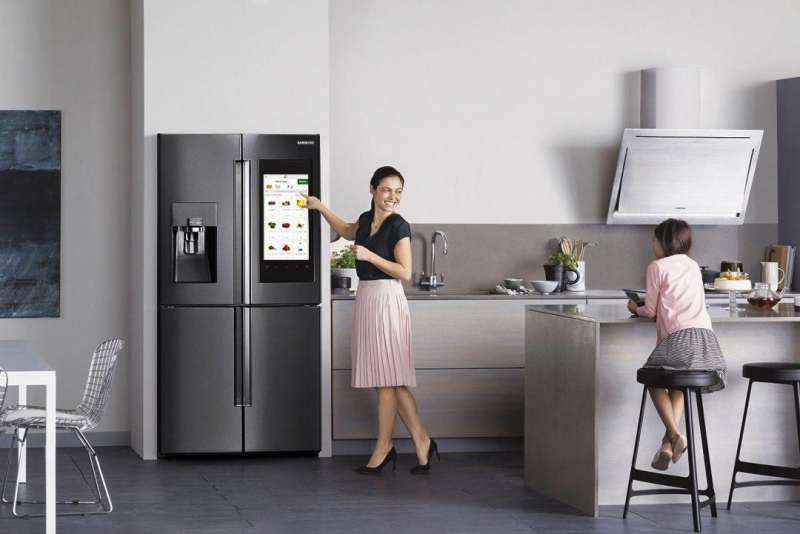
http://blog.gadgethelpline.com/ -
The next generation of young people will never completely get what a catastrophic flop Segways ended up becoming. You might not comprehend the problem if you were to examine them today. Yes, they are stupid. However, they resemble scooters. What's the big deal if they're amusing to ride? The context is crucial. People predicted that the Segway would radically alter the world when it first appeared. That is the height of boldness. And it was utterly incorrect.
The Segway was originally a two-wheeled scooter. After a lot of buildup, it was revealed on Good Morning America. Remember that "changing the world" was in people's minds even if they had no notion what it may be. Before they even understood what it was, Harvard Business School paid a $250,000 advance for a book about it. Steve Jobs compared it to the personal computer in terms of importance, while Jeff Bezos described it as revolutionary. Think about hearing that and then first seeing a Segway.
When the Segway was introduced on the program, Diane Sawyer famously remarked, "I'm tempted to say 'that's it?'" after viewing it for the first time. And almost everyone shared that sentiment. The business expected 10,000 sales per week. That never took place. The company sold 140,000 units by the time it halted production in 2020.
Several cities outlawed them after individuals became uncontrollable. The Paul Blart: Mall Cop ride was the most well-known of all time. Few people desired them because they cost $5000 and didn't actually cure any problems. People were content to travel by foot or automobile as usual. Nobody required a pricey, cumbersome, and potentially dangerous invention to span the divide.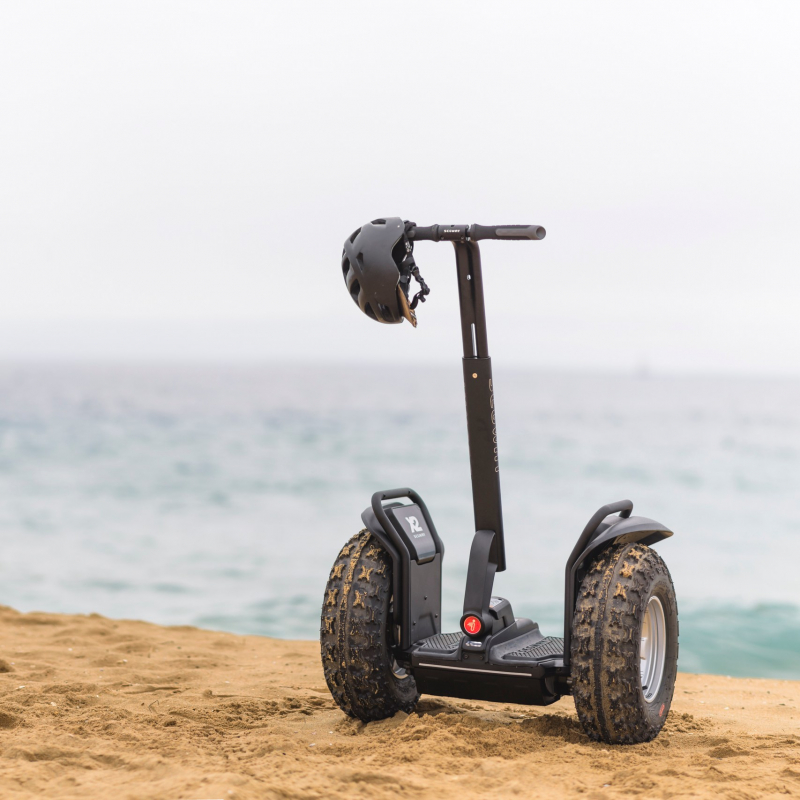
http://www.segpolo.org 
https://segwayevents.co.uk/ -
It's almost amazing how badly Google underestimated the attractiveness of Google Glass because the company was so committed to the new technology. After a brief test run with a small group of users, it was made available to the general public in 2014, whereupon the concept was quickly and unreservedly destroyed.
The concept behind Google Glass was both futuristic and useful. It was a headset that could be worn and resembled a pair of glasses. It had a lot of the features of a smartphone, but rather than requiring you to lift your phone and look at the screen, it put everything you needed in front of you. On paper, it nearly seems obvious why it was thought to be a brilliant idea.
What Google failed to anticipate—or perhaps they simply underestimated—was the extent to which those who didn't want that technology also didn't want other people to have it. If a creep is filming you on the train or even your kids playing in the park with a cell phone, at least you can see them doing it. How would anyone know if someone were using Google Glass to record them?
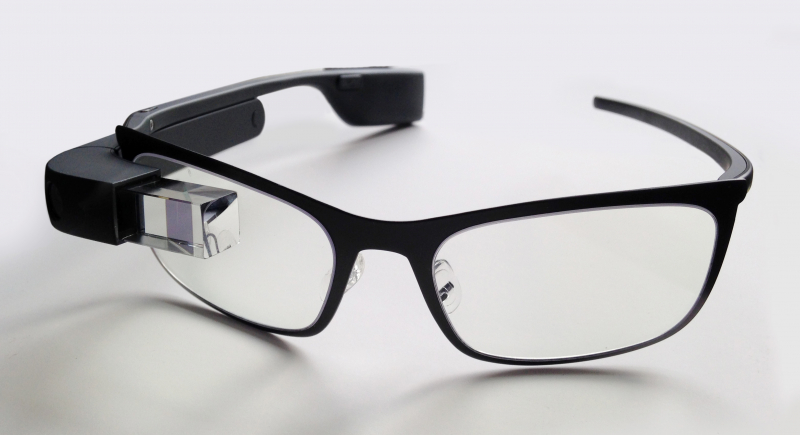
http://wccftech.com 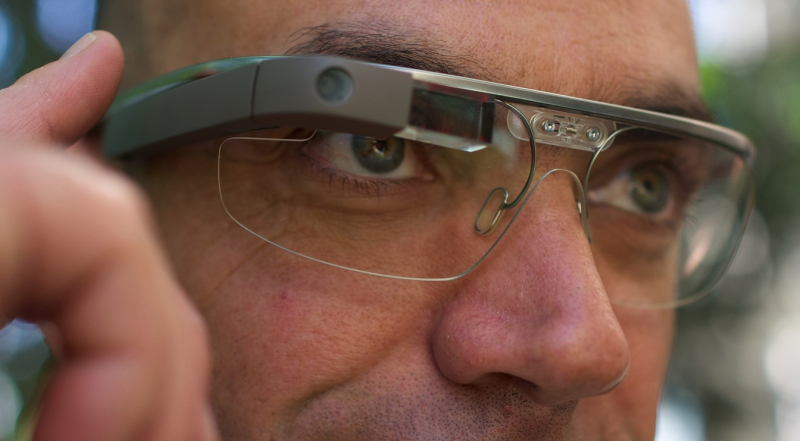
https://www.extremetech.com/

















